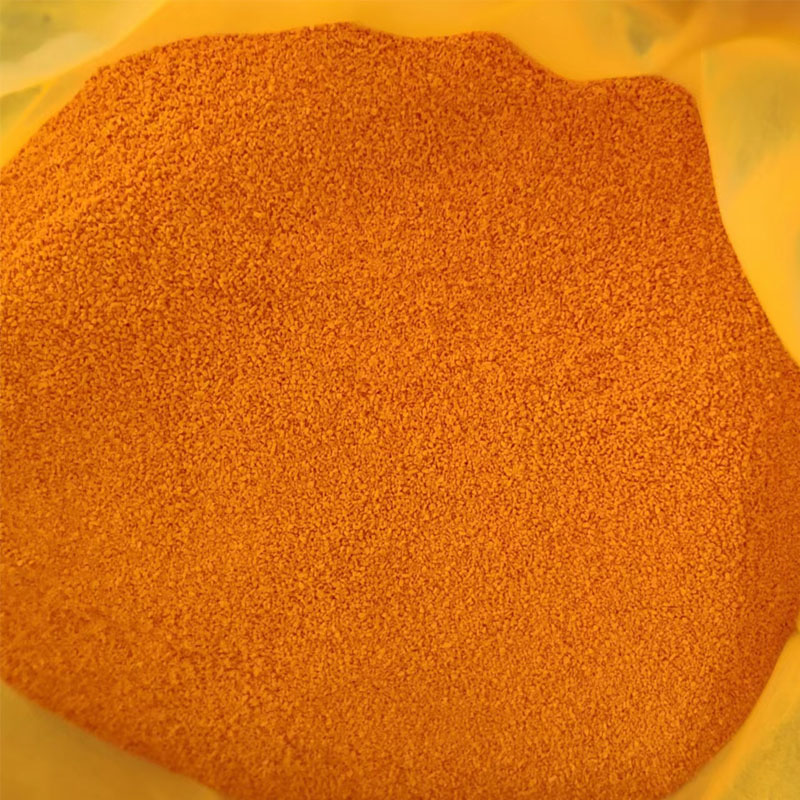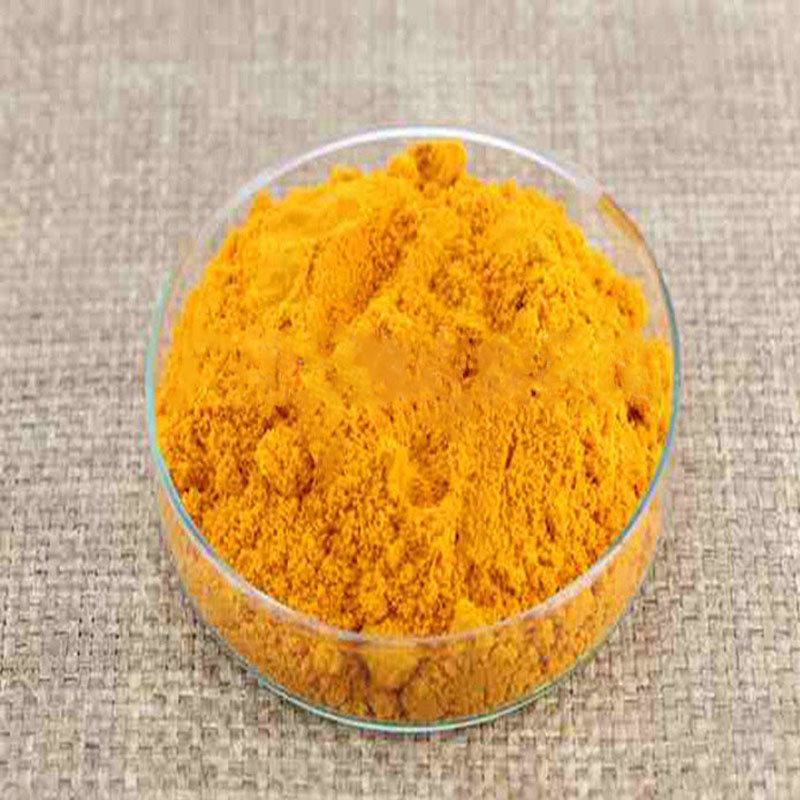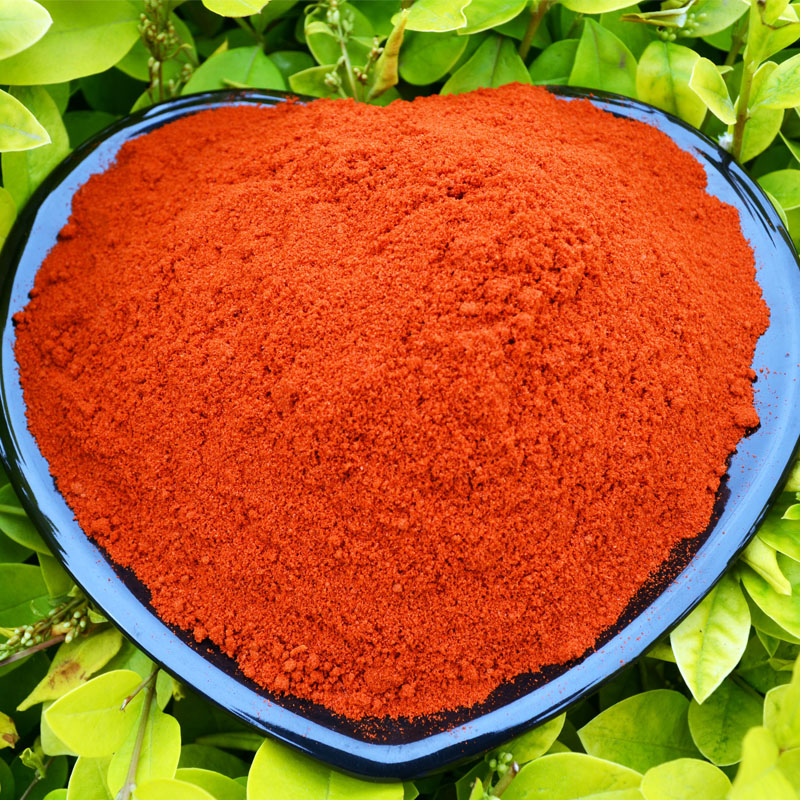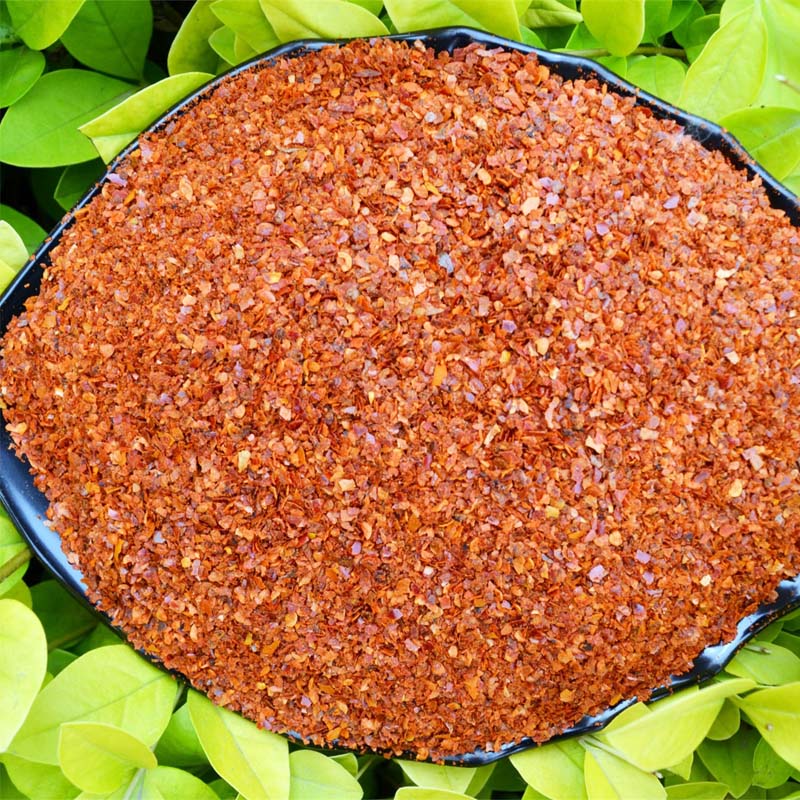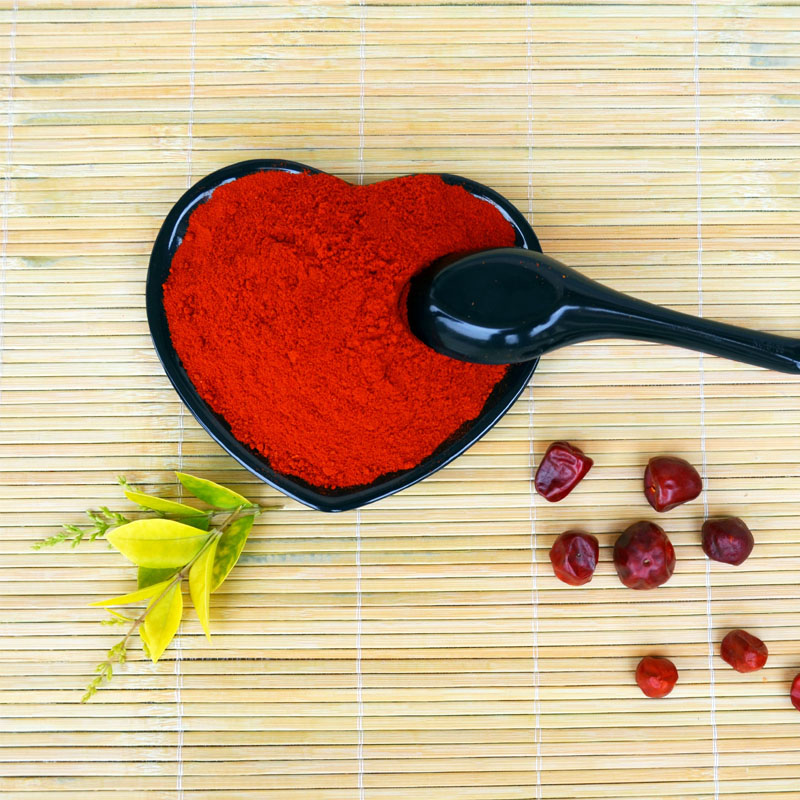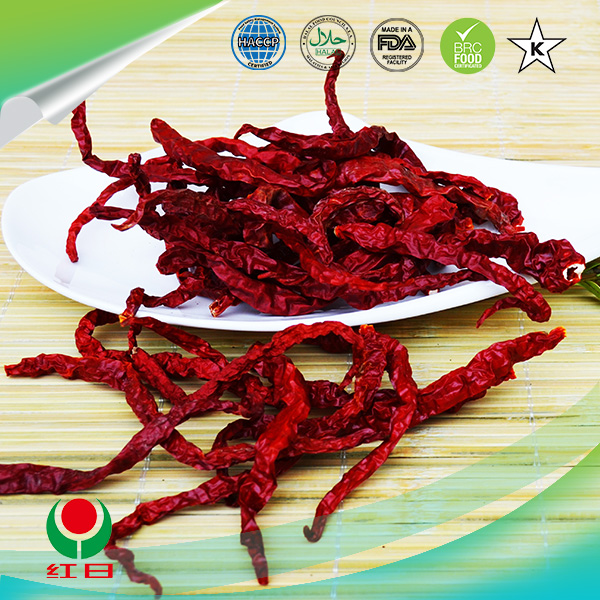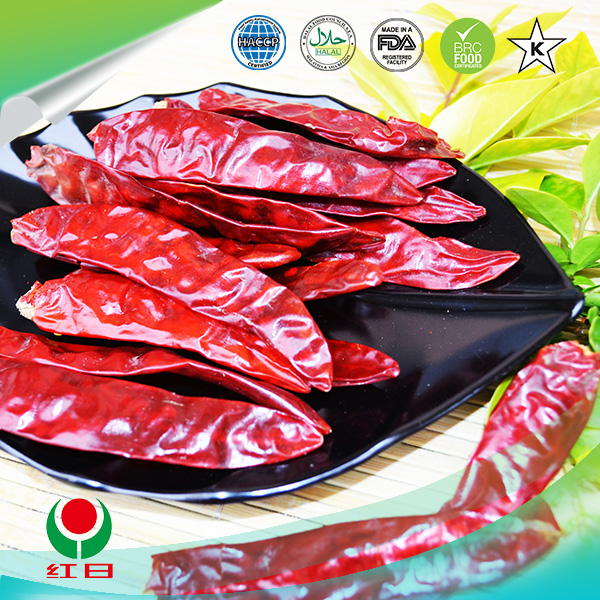- No. 268 Xianghe Street, Economic Development Zone of Xingtai city, Hebei 054001 China
- Byron@hbhongri.cn
Spicy Fresh Chili Peppers - Organic & Flavorful! Shop Now Online
About Xingtai Hongri Biotech Co., Ltd.
As a global leader in spice production, Xingtai Hongri Biotech Co., Ltd. specializes in premium quality Chili pepper products. With sustainable farming practices and state-of-the-art processing facilities, we supply diverse Chili pepper varieties to markets worldwide. According to FAO reports, global green Chili pepper production reached 36 million tonnes in 2020, with China contributing 46% of the total output.
Contact Information
Email: Byron@hbhongri.cn
Phone: +86-319-3971719
Visit Us
Address: No. 268 Xianghe Street, Economic Development Zone of Xingtai city, Hebei 054001 China
Global Chili Pepper Industry Overview
The Chili pepper (Capsicum annuum) has experienced unprecedented growth over the past decade. According to research published in the Journal of Agricultural Science (source), the global market value exceeded $27.5 billion in 2022, driven by increasing demand across culinary, pharmaceutical, and cosmetics sectors. A comprehensive FAO report reveals fascinating regional distribution patterns:
Technical Specifications of Premium Chili Pepper Varieties
Different Chili pepper cultivars exhibit distinct chemical compositions that determine their culinary applications and health benefits. Researchers at the International Pepper Conference (source) have identified key bioactive compounds:
| Variety | Scoville Heat Units (SHU) | Capsaicin Content (%) | Moisture Content (%) | Color Value (ASTA) | Primary Applications |
|---|---|---|---|---|---|
| Chaotian Chili Pepper | 50,000-75,000 | 0.85-1.15 | 8.5-10.0 | 120-140 | Hot sauces, spices |
| Yidu Chili Pepper | 30,000-50,000 | 0.50-0.80 | 9.0-11.0 | 110-130 | Culinary seasonings |
| Guajillo | 2,500-5,000 | 0.15-0.25 | 12.0-13.5 | 100-120 | Mole sauces, soups |
| Chile California | 1,000-2,500 | 0.08-0.15 | 11.5-13.0 | 90-110 | Rellenos, meat dishes |
| Puya | 5,000-8,000 | 0.30-0.45 | 10.5-12.5 | 115-135 | Mexican cuisine, salsas |
Production and Processing Excellence
At Xingtai Hongri Biotech, we implement stringent quality control throughout the Chili pepper production cycle. Our process includes:
- Precision Farming: Soil analysis, targeted irrigation, and integrated pest management according to GlobalGAP standards
- Optimal Harvesting: Harvest timing calibrated to phenolic compound maturity based on research from the American Society for Horticultural Science
- Advanced Drying: Hybrid solar-electric dehydration systems maintaining temperatures below 42°C to preserve capsaicinoids
- Quality Grading: Optical sorting technology combined with manual inspection ensuring color consistency
Industrial Applications of Chili Pepper
The versatility of Chili pepper extends far beyond culinary uses. Peer-reviewed research in the Journal of Functional Foods (source) highlights innovative applications:
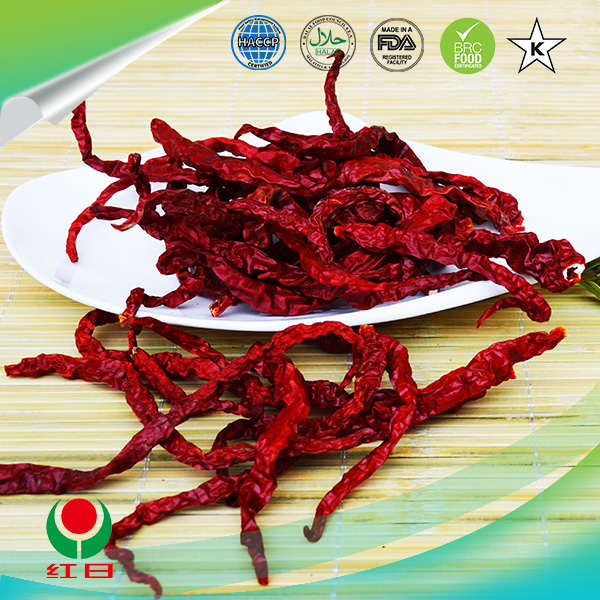
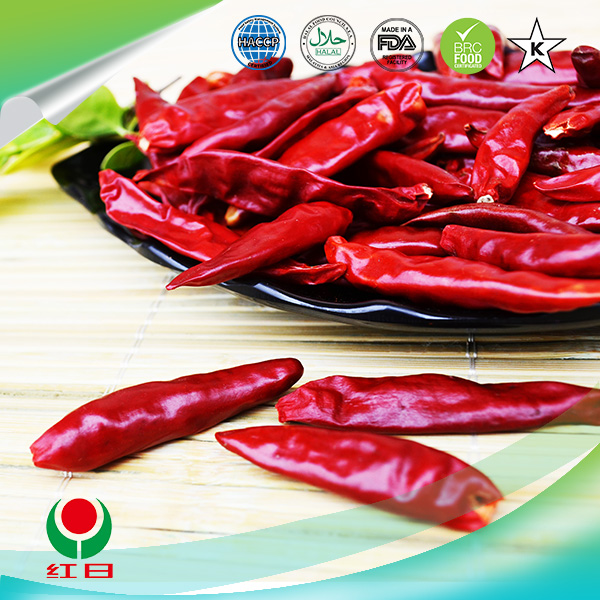
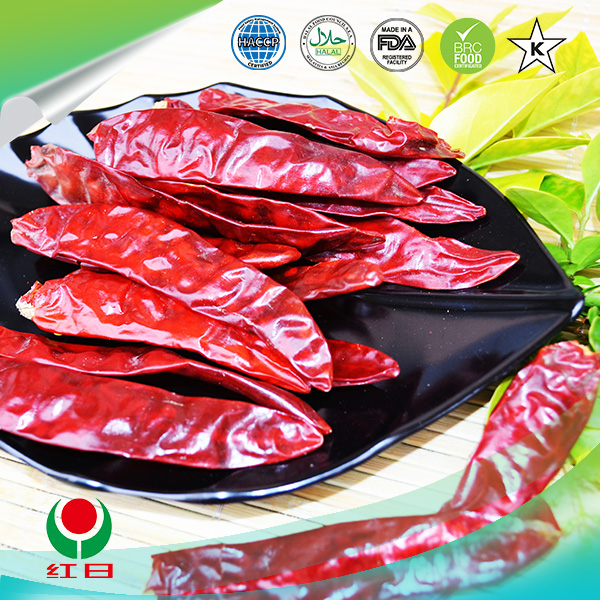
Chili Pepper Technical Expertise FAQ
1. What is the optimal moisture content for dried Chili pepper preservation?
Research by the International Institute of Tropical Agriculture recommends maintaining moisture content between 8-12% for long-term storage of dried Chili peppers. This range prevents microbial growth while preserving capsaicin stability. Our facility achieves 10±0.5% moisture through controlled drying protocols.
2. How do Scoville Heat Units (SHU) correlate with capsaicin content?
The Scoville scale measures perceived heat rather than chemical concentration. The conversion ratio is approximately 15,000 SHU per 1% capsaicin content. For example, our Chaotian Chili pepper with 1% capsaicin rates 75,000 SHU per ASTM E1082 standards.
3. What are the EU food safety standards for Chili pepper imports?
EU Regulation (EC) No 1881/2006 sets maximum levels for contaminants in Chili pepper products: 10 µg/kg for aflatoxins B1, 0.3 mg/kg for lead, and 0.1 mg/kg for cadmium. Our products consistently test below 40% of these thresholds through rigorous quality control.
4. What processing methods preserve color values (ASTA) in powdered Chili pepper?
Optimal color retention requires: 1) Blanching at 90°C for 3 minutes before dehydration 2) Oxygen-free grinding systems 3) Storage in UV-resistant packaging. These methods preserve 95% of original carotenoids as documented in the Journal of Food Processing and Preservation.
5. What are the health implications of capsaicinoid compounds?
Clinical trials published in the British Journal of Nutrition demonstrate three primary benefits: 1) Activation of TRPV1 receptors increasing metabolic rate by 5-7% 2) Anti-inflammatory effects comparable to 400mg ibuprofen at consumption of 50mg capsaicin 3) Antioxidant capacity 4x higher than ascorbic acid by weight.
6. How does sustainable Chili pepper farming impact yields?
A 7-year study by the World Vegetable Center showed integrated pest management increased yields by 33% while reducing pesticide use by 75%. Water-efficient irrigation and soil cover crops improved moisture retention by 28%, significantly enhancing Chili pepper quality during drought periods.
7. What storage conditions maximize Chili pepper shelf life?
Based on ISO 6661 standards, optimal conditions are: 1) Temperature: 10-15°C 2) Relative humidity: 55-60% 3) Protection from light. Under these parameters, whole dried Chili peppers retain 95% capsaicin content for 36 months according to stability studies.
Future Market Trends
The global Chili pepper market is projected to grow at a CAGR of 6.8% through 2030 according to MarketWatch analysis (source). Key developments include:
Research References & Industry Reports
- FAOSTAT Statistical Database. "Global Pepper Production Analysis 2022." Food and Agriculture Organization of the United Nations. www.fao.org/faostat
- Bosland, P.W., & Votava, E.J. (2022). "Capsicum Improvement: From Breeding to Biotechnology." Frontiers in Plant Science. doi.org/10.3389/fpls.2022.861913
- International Pepper Community. "Annual Report on Global Pepper Economy." (2023 Edition). www.ipcnet.org
- Gurung, T., et al. (2021). "Bioactive Compounds in Capsicum: Chemistry and Health Implications." Journal of Food Biochemistry. doi.org/10.1111/jfbc.13880
- Global Good Agricultural Practice Certification Guidelines v5.3 (2023). www.globalgap.org
-
Capsicum frutescens oleoresin – High Purity, Food GradeNewsNov.17,2025
-
Capsicum Frutescens Oleoresin – Natural Heat & FlavorNewsNov.17,2025
-
Peppereka Powder – Fresh, Vibrant Color & Sweet AromaNewsNov.17,2025
-
Paprika Oleoresin | Natural Red Color, Heat & Flavor BoostNewsNov.17,2025
-
Pure Turmeric Extract 95% Curcumin | Potent, Lab-TestedNewsNov.17,2025
-
Red Papper Pods – Premium Sun-Dried, Bold Heat & AromaNewsNov.10,2025
